Daikatana is a First-Person Shooter developed by Ion Storm, led by John Romero and published by Eidos Interactive in 2000. In Daikatana, the player assumes the role of Hiro Miyamoto, a Japanese swordmaster in 2455 A.D. He had to travel through various time periods using the eponymous Daikatana, a powerful sword tied to the fate of the world.
Romero’s initial game design, completed in March 1997, called for a huge amount of content – 24 levels split into 4 distinct time periods, 26 weapons, and 64 monsters, as reported by the issue #30 of Next Generation, from June 1997:
NG: How will these four different time periods differ?
J.R.: They all have completely different graphics. There are none shared between the time periods except for some of the artifacts you pick up that are universal. There are 26 weapons — every time period has it’s entire complete set of weapons. Then there are completely new monsters for each episode and 16 monsters in each episode.
Despite this, Romero believed that development of the game could be completed in six months, just in time for Christmas 1997. The game was to license the id Tech 2, Quake‘s game engine. However, as we can read on PC Gamer, in early 1997, the Quake II engine was showcased for the first time, and Romero admitted that their own game wasn’t up to date graphically:
(…) Despite the ambitious scope, Romero estimated that by licensing the Quake engine, his team could have the project turned around in six months. But in early 1997, Romero and Hall saw Quake II in action. They were blown away by its engine, which included among its features coloured lighting and support for hardware acceleration. Their games were already behind schedule, but they figured it was worth the time investment to incorporate the Quake II source code in order to keep their games visually up to date.
At E3 of the same year, a first trailer was showed and wasn’t well received due to low framerate and being outdated.
Daikatana 1997 E3 trailer. Still using the id Tech 2.
Throughout the 1998 year, the project evolved only visually since the source code of the Quake II engine was not definitively implemented until March 1999, almost a year and a half of programming before reaching the final rendering.
The Daikatana team was left to fathom how to incorporate the code by itself. At this time, 3D graphics rendering technology was improving at an exponential rate, and the complexity was compounding with it. As a result, the code base for the Quake II engine was radically different. Ion Storm received the Quake II source code in November 1997, but it would take until March 1999 to fully implement it into Daikatana.
Differences between the 1998 version and the final one are the HUD, the sounds and the design of some weapons, items and the main menu.
Daikatana 1998 trailer
In the gallery below you can see a series of screenshots and videos from the early build on the original Quake 1 engine (with removed and changed levels), alongside the slightly different 1998 version. In 2004 Romero released this playable pre-alpha version of Daikatana, and you should be able to download it from here.
Images:
1998 version images:
Videos:
1997 version very early build
Another trailer from the 1997 version
1997 version’s demonstration of various areas
A playlist of no less than 25 videos of the 1997 version
1998 Version’s gameplay
What do you think about this unseen game? Give your vote!
Would you like to add more info, screens or videos to this page? Add a comment below!
- Dead Unity [PC / PSX – Cancelled] - 04-01-2025
- Dragonkind [XBOX/PS2 – Cancelled] - 02-12-2023
- Damnation: Hell Breaks Loose [PC – Prototype] - 07-10-2023

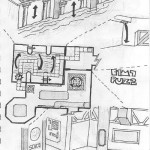
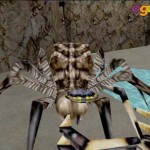
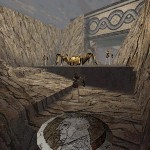
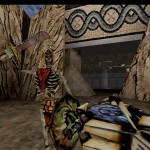
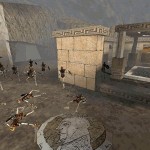
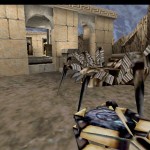
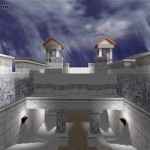
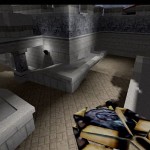
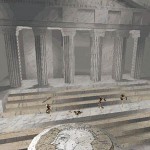
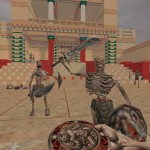
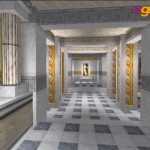
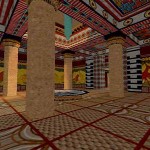
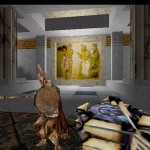
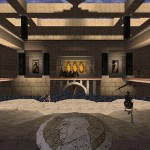
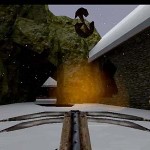
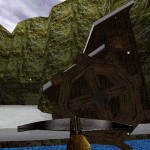
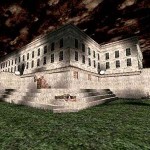
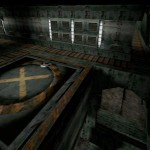
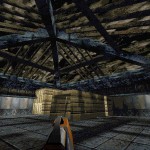
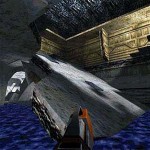
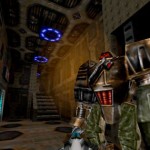

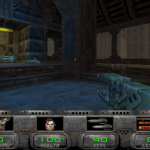
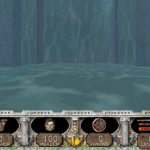
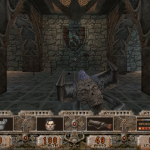
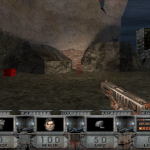


Sent over a 3 page interview which might be of use.
When Sony annouced the Playstation 2 hardware, John Romero said Ion Storm were very excited by tge hardware and would be doing a port of Daikatana to it….